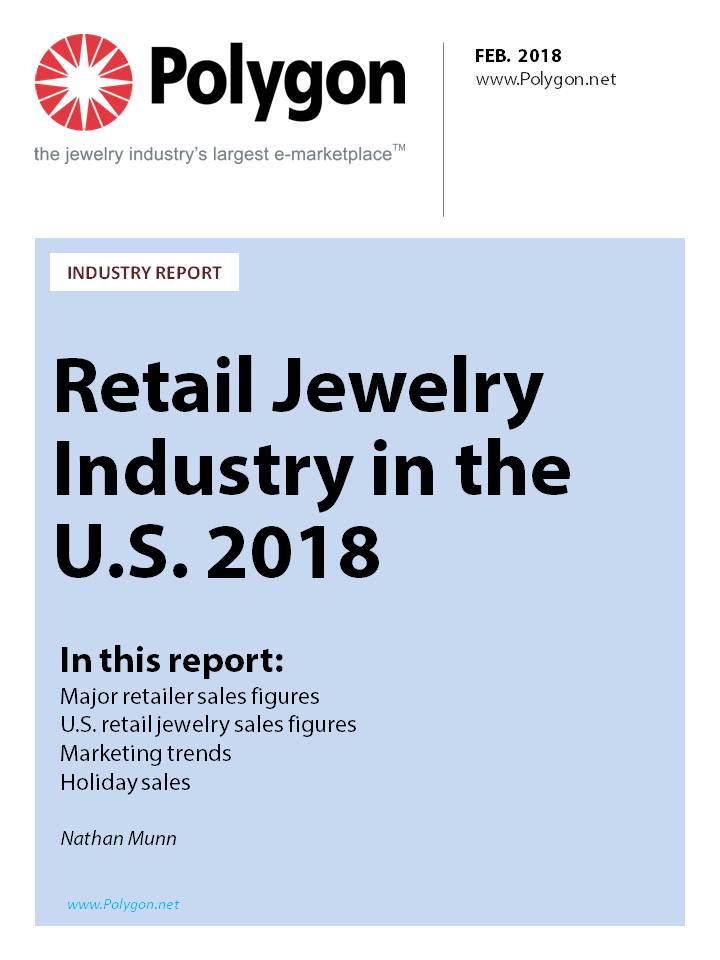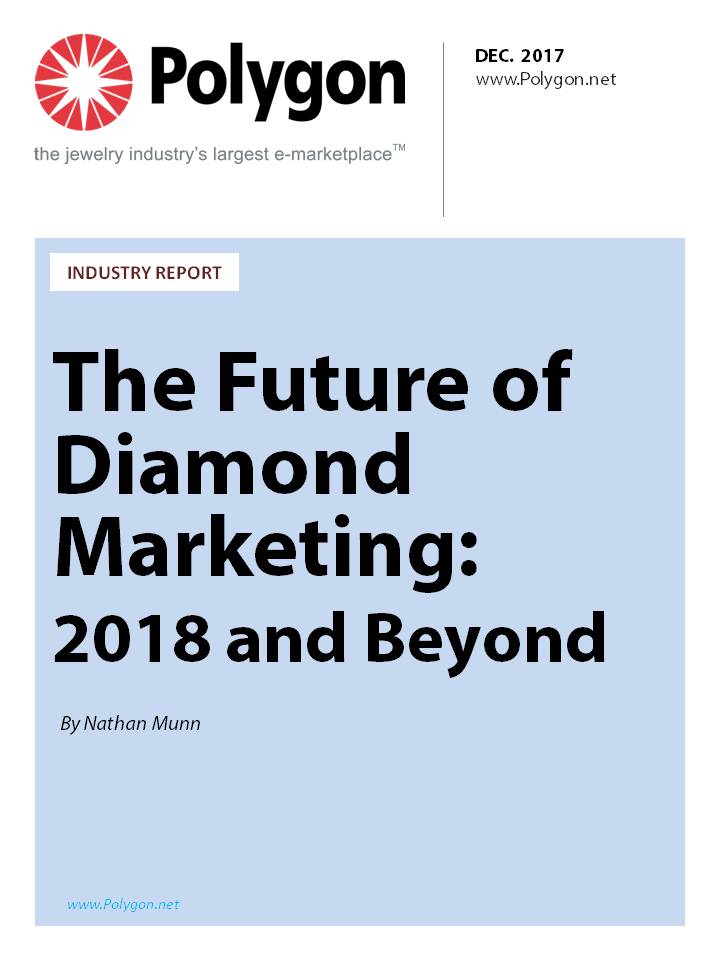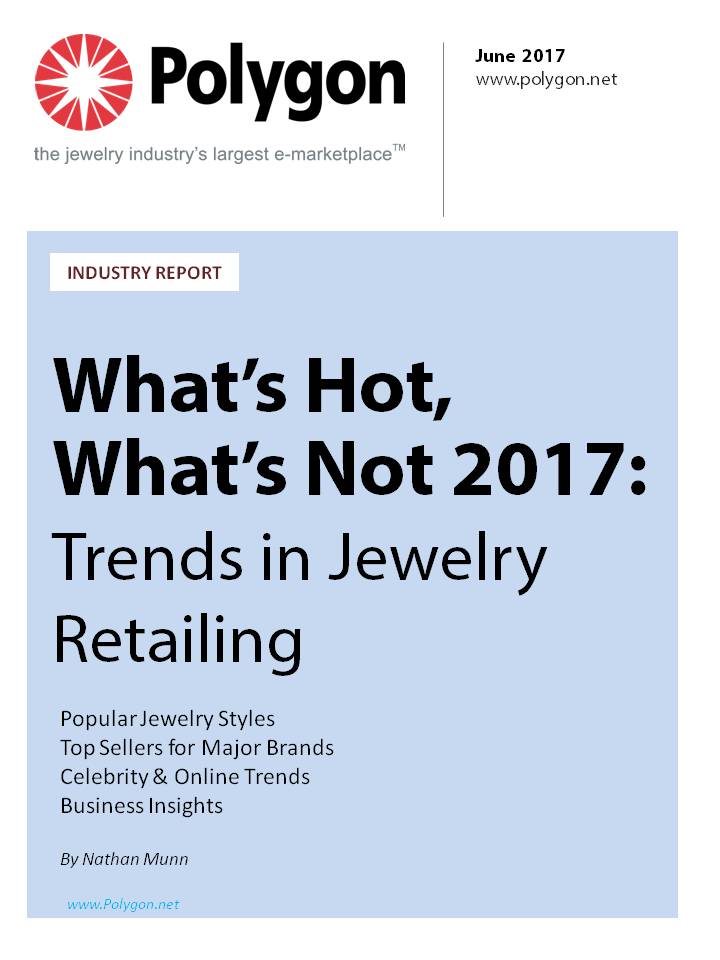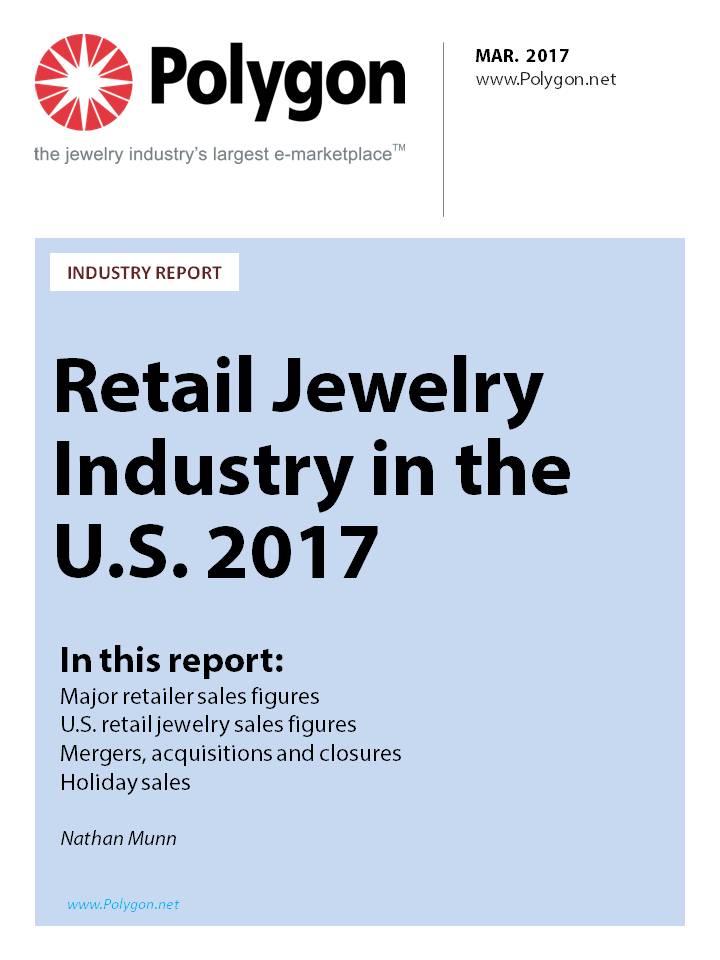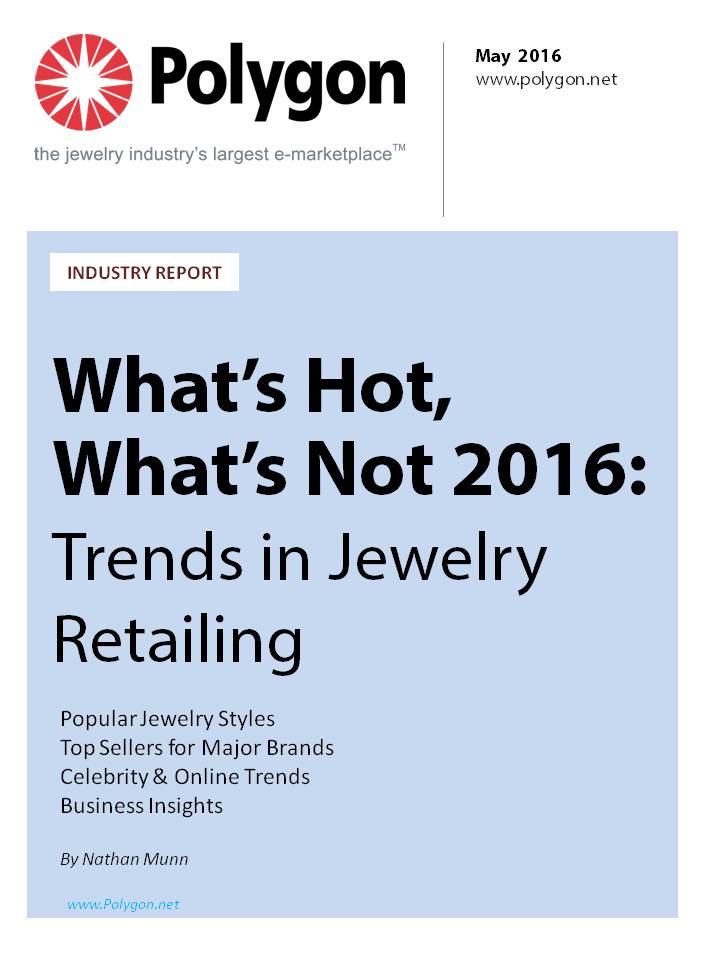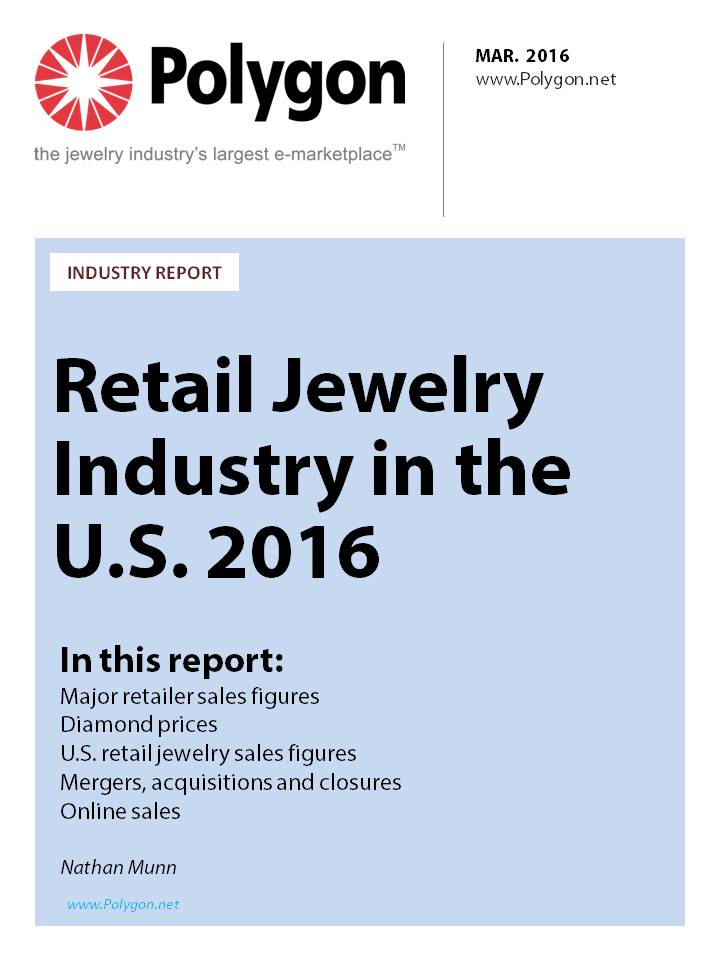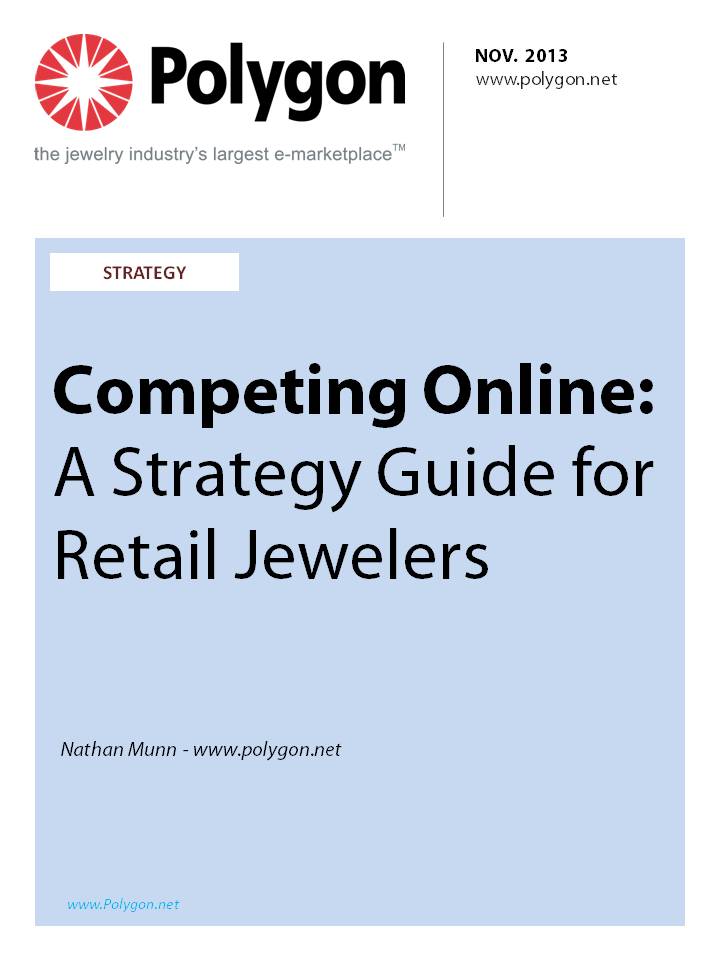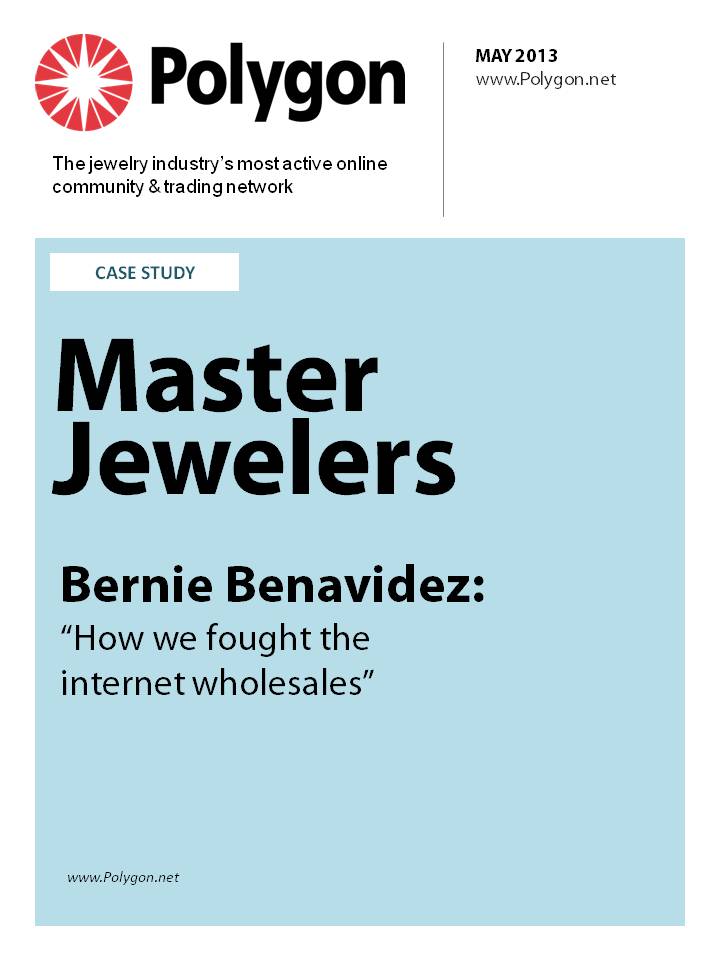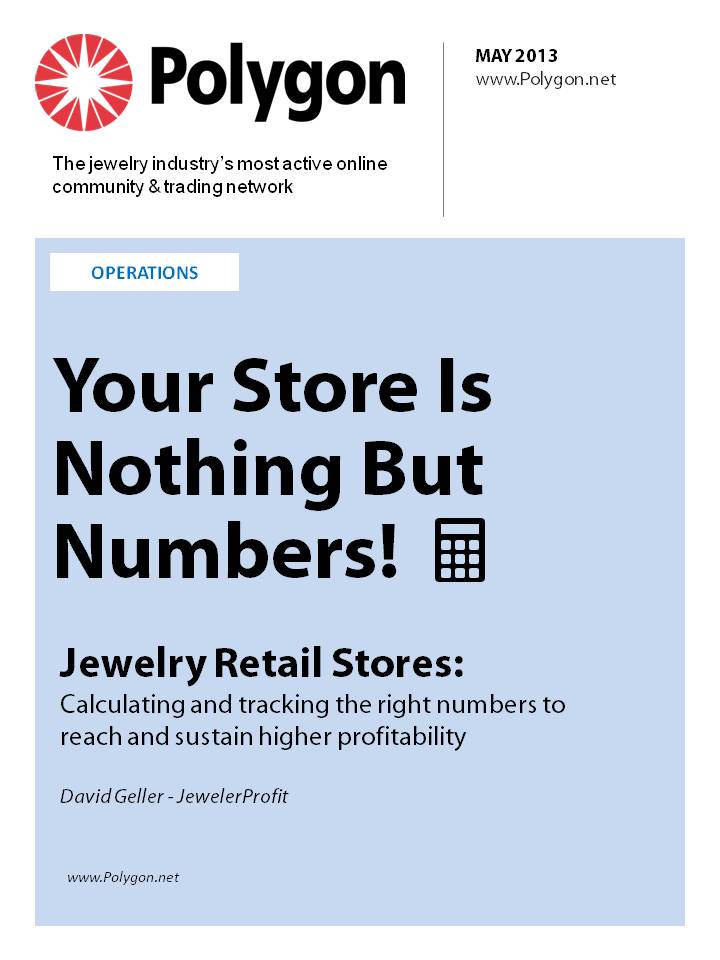Trade Resources
Retail Jewelry Industry in the US 2019: Mid-Year Report
Holiday season spending in jewelry stores increased to $6.3 billion, a year over year increase of $0.2 billion.
Growth has been slow so far in 2019, with jewelry and watch sales in the US growing by 1.5 percent year-over-year in April.
The Retail Jeweler's Marketing Guide for 2019
game.
Retail Jewelry Industry in the U.S. 2018
U.S. jewelry stores enjoyed a strong 2017. All told, U.S. jewelry stores enjoyed substantial sales growth in 2017, with total sales reaching $34.63 billion, an increase of more than 5.2 percent year-over-year. Holiday sales proved to be higher than expected: November sales of fine jewelry and watches in the U.S. increased by 8.4 percent year over year, while jewelry store sales for December 2017 were $6.57 billion, outpacing December 2016’s $6.5 billion in sales.
The Future of Diamond Marketing: 2018 and Beyond
For decades, diamonds have represented commitment, fidelity, and love to those consumers who choose to gift the precious stones to their significant other. However, few retail customers stop to think about how the strong emotions associated with diamonds have been created through the use of clever marketing techniques and the dominance of a cartel model.
Mine-to-Market: Can a Transparent Supply Chain Change the Diamond Industry?
Many retail jewelry customers would be surprised to find out that the ‘new’ diamond engagement ring they are about to purchase isn’t actually new. Very few customers know that when they buy a diamond ring, often the stone has actually been harvested from a piece of jewelry that was previously owned and has simply been repackaged as a ‘new’ product.
Some innovators in the industry have begun to ask a simple question: How can a customer tell the difference between a new diamond and a used diamond? Previously there hasn’t been an effective way to answer this question, but today people are working overtime to solve this problem and possibly creating a whole new market in the process: a market for certified new diamonds.
What's Hot, What's Not 2017: Trends in Jewelry Retailing
In 2017, certain retail jewelry design trends that have been popular in recent years are maintaining their staying power, while others are beginning to fade and being replaced by new ideas. Nature themes in jewelry design continue to be prominent and have been incorporated in the offerings of most major brands, with contemporary designs including specific animals, insects, flowers and fauna. Vintage-themed jewelry, another trend that has been popular for several years, is still around but appears to be winding down.
Digital is changing the way shoppers research, purchase, and return goods
Luxury e-commerce is exploding. According to Technavio*, by 2019, online sales are expected to reach $42 billion, double those in 2014. For traditional jewelry, watch and other luxury goods marketers, it’s an opportunity that’s tough to ignore.
Retail Jewelry Industry in the U.S. 2017
In fiscal 2016, the US retail jewelry industry continued to adapt to the converging long-term trends of a shrinking brick-and-mortar footprint, growth in online sales, and unsteady consumer spending. Total sales of jewelry at US retail jewelry stores increased slightly in 2016 year-over-year but still fell short of 2014 sales figures, data from the latest US Census shows. US jewelry stores sold $31.43 billion worth of merchandise in 2016, compared with $30.28 billion in 2015, an increase of 3.8 percent.
What's Hot, What's Not 2016: Trends in Jewelry Retailing
Since we last looked at the trends, styles and designs that are leading the way in the retail jewelry industry, the mood of customers and the industry at large have undergone some changes. Certain design trends that were taking off in 2014 have become the mainstream today, while other trends that we couldn’t have predicted two years ago are now firmly embedded in popular culture. In particular, a few abstract themes – nature, sentimentality, and asymmetry – are present or dominant across all aspects of jewelry design and manufacturing. Ethical sourcing is a growing concern in jewelry supply chain, advertising and public relations.
Retail Jewelry Industry in the U.S. 2016
In 2016, the retail jewelry industry in the United States continued to adapt to falling diamond prices, high numbers of jewelry store closures, and an industry-wide liquidity crunch that, combined with rock-bottom prices offered by online-only retailers and foreign suppliers, is putting downward pressure on gem and jewelry prices at every step of supply chain.
At the retail level, more jewelry businesses in the United States ceased their operations in 2015 than in 2014, while major retailers continued to shutter stores and shrink their distribution networks. Online retail sales across all categories continued to grow at a healthy rate, while sales of jewelry at retail stores in the U.S. grew at the slowest pace since 2011.




